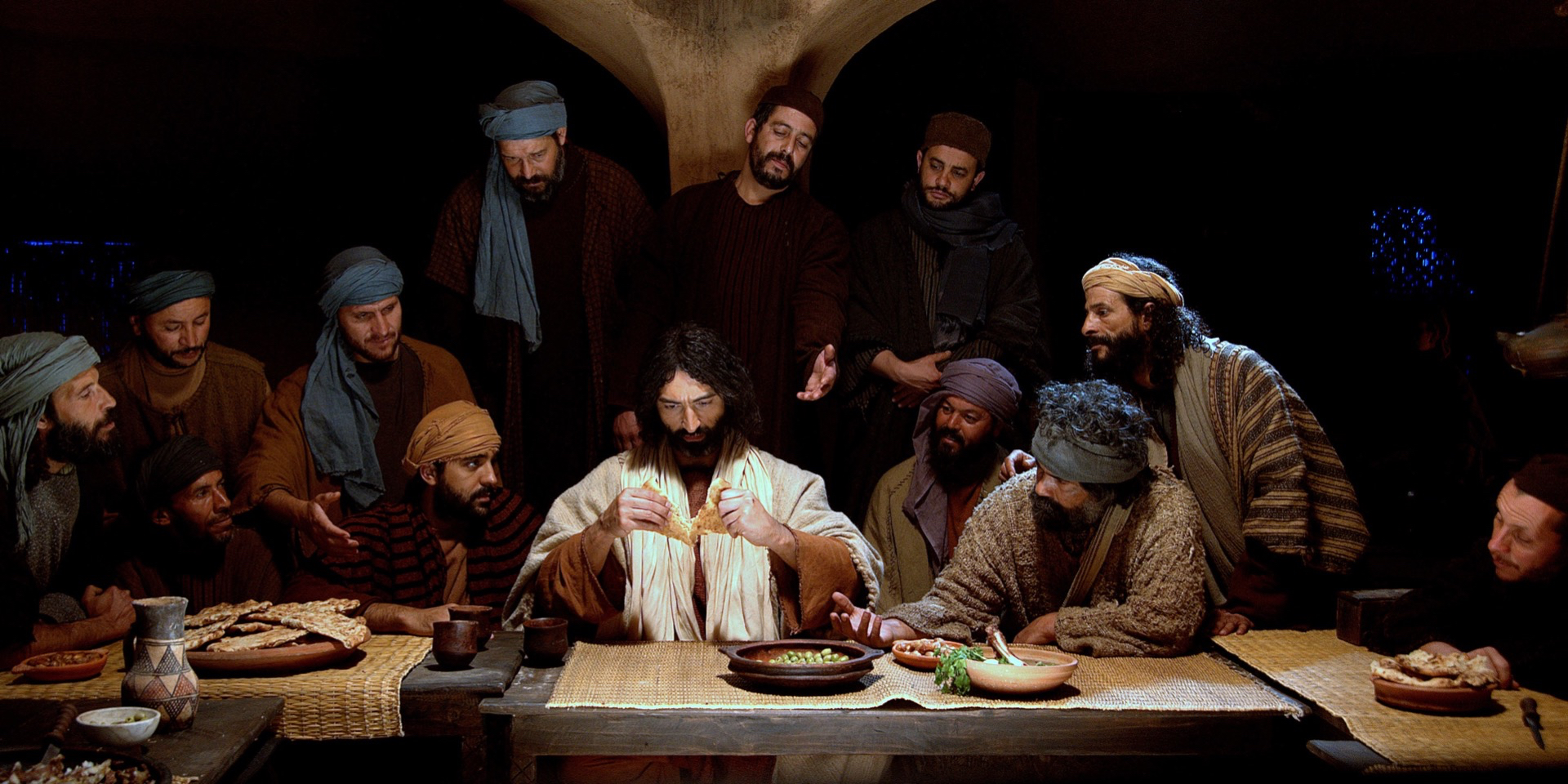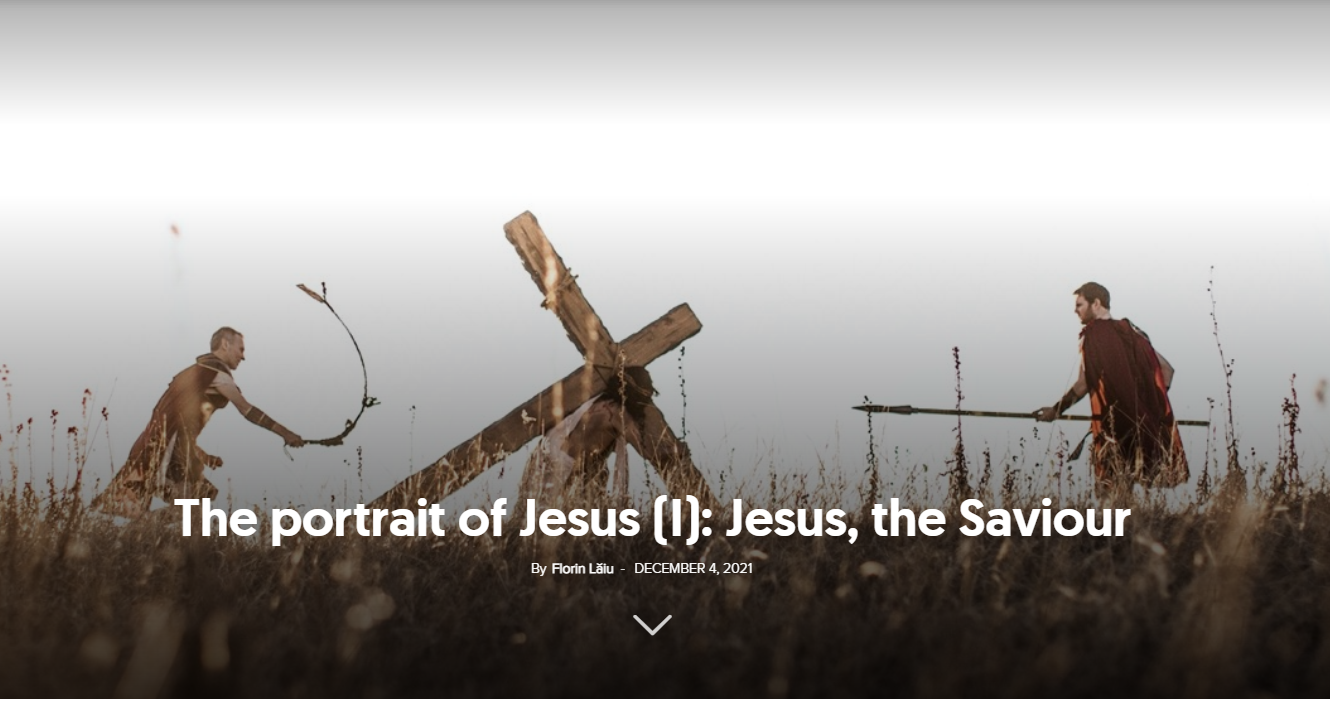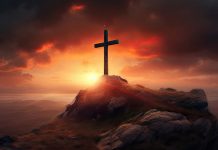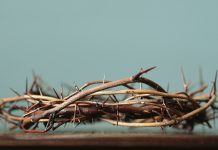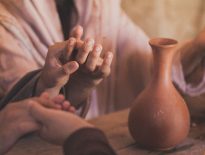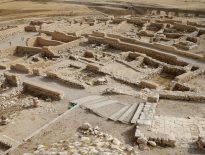Two thousand years ago, Jesus asked us to remember the Lord’s supper. What made it so special?
Humans have practised rituals for millennia. Ancient cultures on almost every continent performed various rain-making rituals, calling upon the gods to water their crops. We know that ancient Mesopotamian people sacrificed animals (and sometimes their own people) to appease the gods.
The people with the feasts
In stark contrast to the capricious gods of the surrounding pagan nations, God directed the Israelites to take part in ceremonies that celebrated His saving work on their behalf. These rites became a central part of their daily lives. The Old Testament books of Leviticus and Deuteronomy detail many of these feasts and the associated celebrations. We are told about the feast of Passover and Unleavened Bread; the feast of First Fruits, the festivals of Pentecost and Trumpets, the observance of the Day of Atonement, and the feast of Tabernacles.
These ritual feasts were instrumental in two ways. First, they served to help the Israelites regularly practise praise, gratitude, remembrance and repentance. Second, they were reminders of the covenant that the people of Israel had with God. The feasts engaged all of the senses: taste, smell, sound, sight and touch. In participating, every Israelite was invited to stay faithful to the covenant and renew their devotion to God.
Passover, the earliest of these feasts, reminded Israel of how God had rescued them from Egypt, brought them through the Red Sea and defeated Pharaoh. The unleavened bread and the blood of the slaughtered lamb served as a reminder of their forebears’ experience and helped keep the story fresh in their hearts and minds.
The Passover Lamb
Centuries later, when Jesus stepped into the pages of history, He was proclaimed to be the “Lamb of God” that the temple’s sacrificial lamb pointed to. He taught that His presence on earth was the fulfilment of the promised Messiah; the One promised to rescue Israel and establish a new order of peace on the earth. He made it clear that He had come to build His kingdom in the hearts and lives of all people, including those outside the family of Israel! It was a radical message, but it caught on, and Christianity was born.
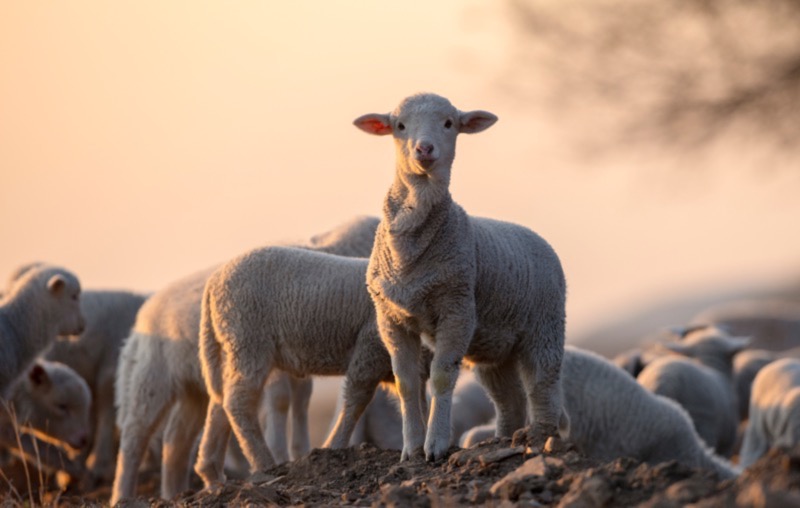
During His ministry, food featured quite regularly in Jesus’ life. He shared a meal with Levi, the infamous tax collector-turned-disciple (Luke 5:29). He gently admonished a hostess for focusing too much on her five-course meal (Luke 10:38–42). He healed a man at the dinner table of a Pharisee (Luke 14:1–5) and fed thousands of people at a time—not once, but twice (Luke 9:14–16; Matthew 15:36–38)! Many of Jesus’ most memorable moments occurred around food.
Perhaps the last mention of food before Jesus’ death is the most significant one. He and the 12 disciples gathered for an evening meal during the Festival of Passover. During the course of their dinner together, Jesus spoke directly and frankly with His friends—noting His impending betrayal at the hands of Judas, Peter’s denial of Him and more. Any one of these would have been enough to shock the disciples, but the primary focus of the moment was on a new ceremony that would go on to be practised by His followers for the next 2000 years.
The first ceremony: foot washing
The average first-century Israelite probably wore some type of sandal footwear. At the end of the day, their feet would be filthy—coated in dust, dirt, mud and whatever else had been trodden in during the course of the day. The responsibility for cleaning their feet typically fell to servants. So, when Jesus “got up from the meal, took off his outer clothing, and wrapped a towel around his waist” (John 13:4), it confused His followers.
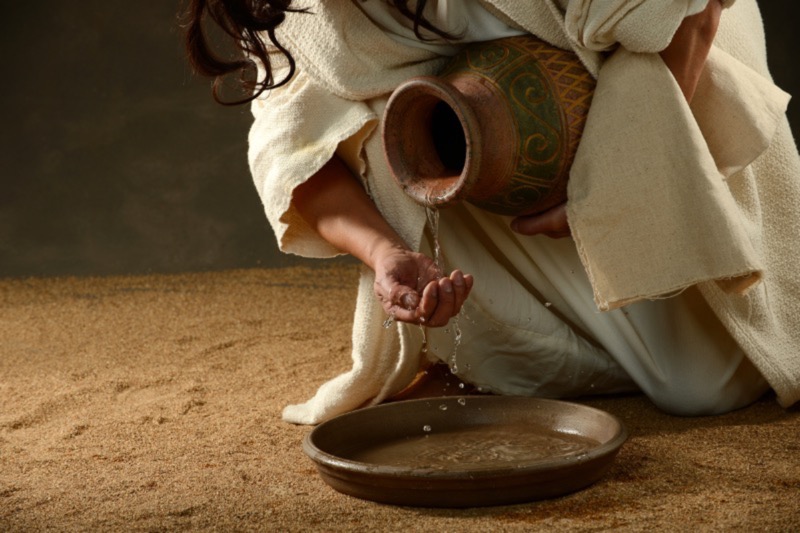
What He did next horrified them. “After that, he poured water into a basin and began to wash his disciples’ feet, drying them with the towel that was wrapped around him” (verse 5). Peter, Jesus’ most devoted disciple, was aghast at this act of humility and said: “You’re not going to wash my feet—ever!” Jesus replied: “If I don’t wash you, you can’t be part of what I’m doing” (verse 8, The Message[1]). In the world Jesus was planning, Peter needed to be able to receive the generosity Jesus was extending to him, even if it challenged his conception of authority and power. Jesus was teaching His disciples that by washing each other’s feet, they were remembering that God had called them to be servants to all men.
Today, when we wash each other’s feet, it is an act of both humility and reconciliation. We are reminded that no-one is lesser or greater than anyone else in Jesus’ kingdom, and humble service to each other creates an ideal space for repairing broken relationships.
The second ceremony: the bread and the cup
Later in the evening, amidst friends and traitors alike, Jesus offered up two more symbols. Luke tells us that Jesus “took bread, gave thanks and broke it, and gave it to them, saying, ’This is my body given for you; do this in remembrance of me’” (Luke 22:19). Then, “he took the cup, saying, ’This cup is the new covenant in my blood, which is poured out for you’” (verse 20).
What are we to make of these strange gestures? Jesus’ disciples certainly didn’t know what to do with them, as the Bible tells us. They were squabbling over power and status and their position in the new kingdom they believed Jesus would be establishing. Though they didn’t understand the significance of the bread and grape juice at that moment (nor the washing of their feet, for that matter), in the years that passed following Jesus’ death and resurrection, the deep symbolism of this ritual gradually began to reveal itself.
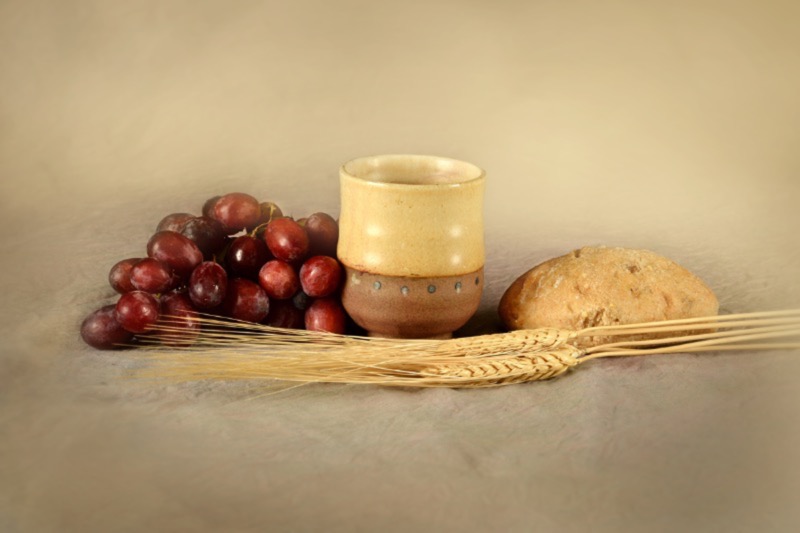
Though the disciples were unaware of it, Jesus was describing in explicit terms the brokenness that He was about to endure physically. His body would be broken by flogging and then He would be subjected to a Roman cross. His blood would be shed for the “forgiveness of sins” (Acts 2:38, NIV). But Jesus didn’t focus on His physical torment—He was thinking of what His sacrifice would mean symbolically.
He made these declarations within the context of the Passover meal to intentionally link the Last Supper with the Exodus. Just as the unleavened bread was cooked in haste as the Israelites prepared to leave Egypt, Jesus was at this moment stressing the urgency with which He was carrying out His mission. In a similar way, the blood that He was just about to give in His crucifixion harked back to Exodus 12:5–8 and the sacrifice of the Passover lamb. Jesus was renewing the covenant between God and humanity in an exciting new way.
Even though Israel—God’s chosen medium through which to communicate His plan of rescue to the world—had failed to embrace the Messiah, their failure did not foil God’s plan to save humanity. On the contrary, the Lamb of Calvary became the Passover lamb for the entire human race—Jews and non-Jews alike. Every human from every tribe and tongue has been invited into the family! You and I are no longer outsiders. Because of Jesus’ broken body and spilled blood, we are now included in His new exodus. “For I am not ashamed of the gospel, because it is the power of God that brings salvation to everyone who believes: first to the Jew, then to the Gentile” (Romans 1:16).
Do this in remembrance of Me
If you find yourself in a Seventh-day Adventist church today, you may come across this drama playing out in real time. At least four times each year, Seventh-day Adventist churches remember Christ’s sacrifice through the symbolism of unleavened bread and unfermented grape juice. They drink the grape juice and eat the bread in remembrance of Jesus’ sacrifice at the cross. They remember that He died for every human being who has ever lived. They remember that in Jesus, we are all one family, brothers and sisters in the Messiah.
It may seem strange to continue this ritual more than 2000 years later, but we do so because people are prone to forget. Jesus knew this about human nature and went out
of His way to help us remember His supreme sacrifice. He said, “Do this in remembrance of me” (1 Corinthians 11:24). It is incredibly meaningful to take part in the Lord’s Supper and contemplate Christ’s sacrifice so that you can have new life. Your local Seventh-day Adventist church invites you to join us in the ceremony and see for yourself!
Jesse Herford is a pastor and associate editor for the Australian/New Zealand edition of Signs of the Times. He lives in Sydney, Australia with his wife, Carina and their miniature schnauzer, Banjo. A version of this article first appeared on the Signs of the Times Australia/New Zealand website and is republished with permission.












